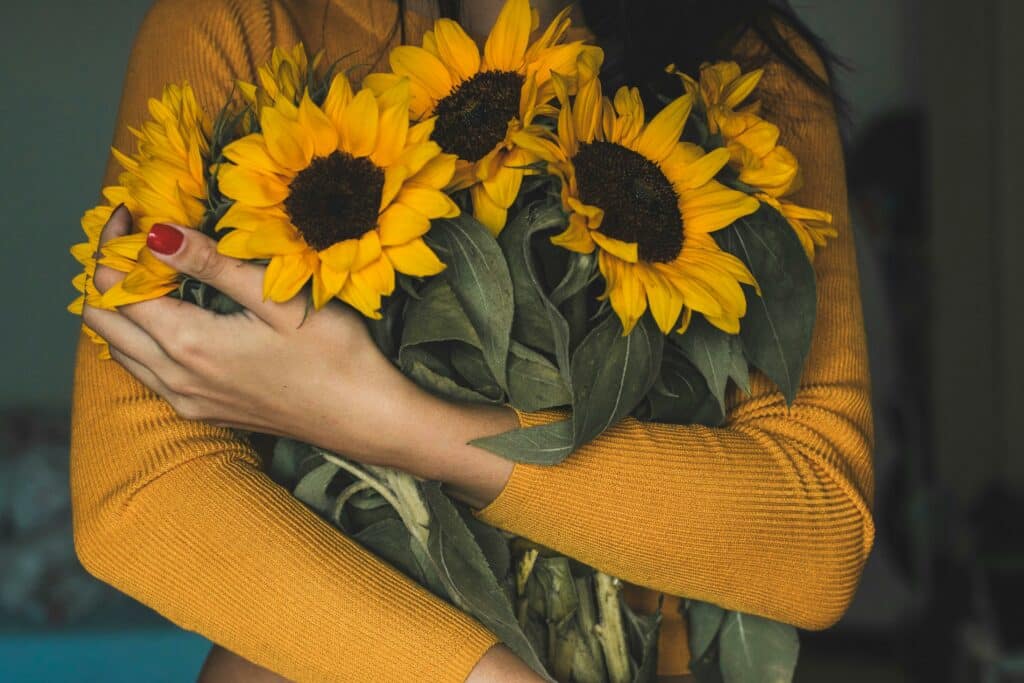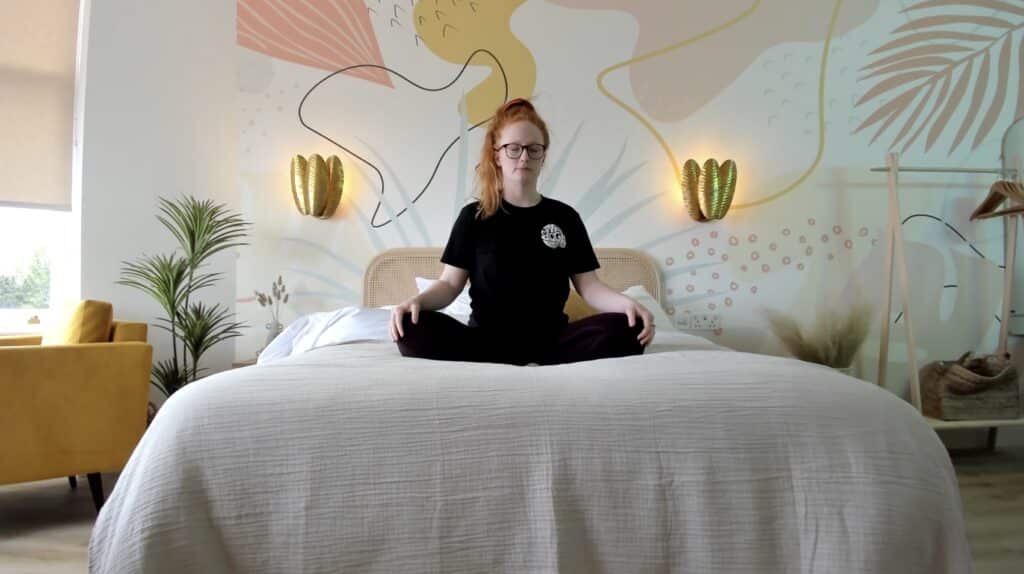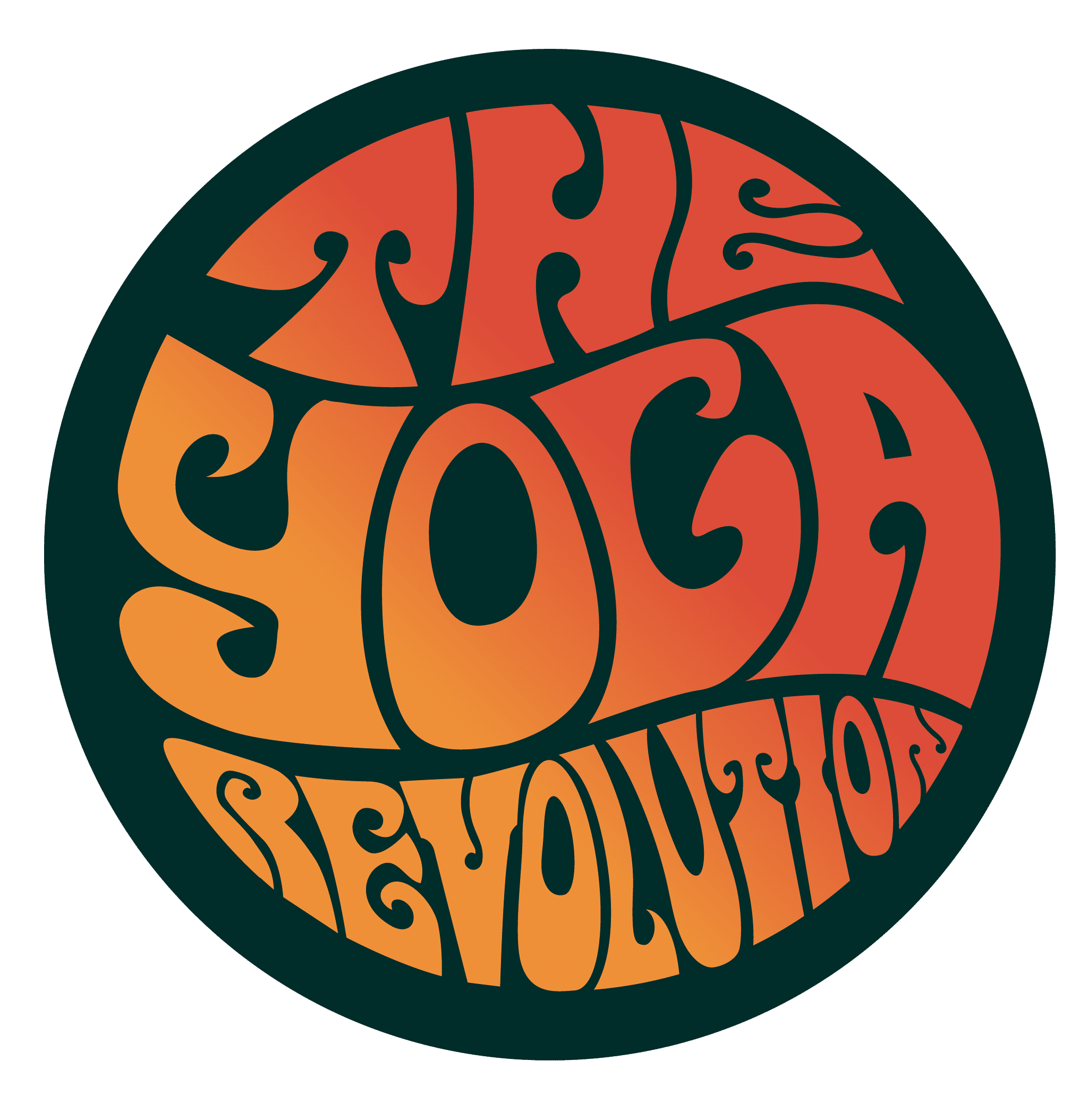You might be reading this on your journey to happiness. I know I’ve been there plenty of times; thinking it’s a journey, thinking that, as long as I get this much money, or buy this thing, or reach this goal, I’ll be good, I’ll be happy. It’s always about something else, getting something or reaching some milestone. But I’m here to tell you, if you think like I did, you’re wrong, and you’re way closer to a joyful life than you think.
So when I talk about joyful living, what the heck do I actually mean? And how do we find it in our busy, over-stimulated, over-demanding lives? Let’s explore (I promise you’ll feel better for it).
Want to listen to the podcast version of this post? Go here.
Understanding joy: it’s more than just happiness

Think about the last time you were really, truly experiencing pleasure. Maybe during a really good meal, time with your partner, doing something you really love… How did you feel it? Where did you feel it? I’m guessing your answer to this is a physical one; pleasure is an extension of joy, and it’s an embodied sensation, meaning we can’t have joy or pleasure without the body and mind syncing up. Happiness, on the other hand, is a more fleeting emotional experience. Brilliant, of course, but less emotionally significant, less life-altering, than the magic of joy (at least, that’s how I see it).
So if we take all we know: joy isn’t a journey to go on, we don’t have to find it, and it’s an embodied sensation, how do we actually tap into it?
Joe Hudson, a brilliant top-level performance coach, aptly describes joy as the matriarch of a family of emotions, and I bloody love this analogy. Just as a matriarchal mother would hesitate to enter a home where her children are unwelcome, joy thrives in an environment where all emotions are acknowledged and accepted. Contrary to popular belief, the path to joy isn’t about avoiding negative emotions but rather embracing them fully.
Breaking through emotional resistance
Let’s think of it like this: you, my friend, are inherently joyful. It’s the foundation on which everything else is built. Your emotions, stress, drama, all the stuff you’d categorise as ‘not joy’ are like layers upon layers of dust on the top of this joyful foundation. And when we’re able to clean away the dust (i.e. process the emotions, stress, drama…) we can’t help but find our way to happier living. And when you put it like that, it’s an obvious one, right?
Resistance to all this hard stuff—sadness, anxiety, grief, whatever upset life throws your way—can be one of the biggest barriers; we’re simply adding friction into our lived experience. We don’t want to feel this negative stuff, so let’s push it away. And what happens when we push a beach ball under water? It ends up gaining kinetic momentum and bursts through the surface the minute we let go. It’s a similar thing with our emotions; holding them down, holding them in, means we’re actually allowing a build up of pressure, and who knows when this will be released, or grow too much to contain.
On the flip side, by allowing ourselves to feel into these emotions without judgment or resistance—really truly leaning into acceptance, and learning the mechanisms and tools (like a yoga practice, nervous system work, and meditation) to support that process—we create space for joy to emerge from underneath the layers of discomfort. Rather than striving to force ourselves into a state of constant positivity (this isn’t recommended, either. Forcing ourselves to find joy is another layer of friction. It actually holds this assumption that it’s hard to get, it’s a challenge to work towards, when actually it’s already right here, right now, as you read these words), we can find joy by embracing the full spectrum of human experience.

I also want to note the fear that can come with the concept of joy. Fear is such a big deal when I speak to my coaching clients about joy. If I live joyfully, might that mean that I’ll have to take a long hard look at my relationship, or my career, or these other big decisions I’ve made and reevaluate? The answer is: yes. And whilst this might feel like a terrifying thing to do—take it from someone who was in a toxic relationship yet didn’t want to leave for fear of the unknown—it’s a part of the process. Challenging transitions there may be, and yes, the idea of wide-open joyful living can be shit scary, but ultimately this is about living into your happiest truth; it’s about the brilliant place you’ll end up. By acknowledging and confronting your fears, you can gradually dismantle the barriers that stand in the way of your happiness. I left that toxic relationship and it’s brought me to the happiest place I’ve ever been. This is about living the life you want to live, but yes, that can be fucking terrifying.
So, how do we find more joy?
Okay, so we know it’s embodied—you can’t separate joy from your physical body. We know processing emotions is important. We know it can be scary. And we know joy isn’t something you necessarily feel, but it’s something you are. So how do we actually find it?
You can do it right now. As you read the words I’ve lovingly typed for you, take a deep breath in, right into your belly. Hold the breath for a second and feel the pressure of air in your lungs. Slowly breathe out and let your jaw soften, your shoulders sink, let your belly relax… Do that again and really feel it. How can you make that a more enjoyable experience? What does sitting where you are, standing where you are, really feel like? Keep breathing and feel the soles of your feet, the texture of fabric against your skin, the solid structure of your skeleton, the beating of your heart… I want you to embrace a feeling of holy-shit-I’m-alive-right-now-and-this-feels-fucking-great.
This, my friend, is joy. To tap into it often, we must learn to listen to the subtle cues of our bodies and take pleasure in the present moment—it’s basic mindfulness. And this, like the yoga practice, like a meditation practice, is a practice habit we can cultivate. By regularly tuning into bodily sensations and allowing ourselves to experience pleasure without pressure or expectation, we can and will cultivate a deeper sense of joy in our lives.
Joyful living: the takeaway
Ultimately, you’re already there. The work lies in just removing the layers of tension, emotion, and friction we’ve built up as a consequence of living our challenging lives. It’s not about chasing external markers of success or productivity, an elusive ideal, but about realising our natural joyful nature, embracing the present moment, the full spectrum of human experience, and finding joy in the simple act of being.
And, when you lean into this way of being, you’ll not only feel WAY better in every area of your life, but you’ll improve your learning and creativity, your productivity, your relationships. It’s the biggest catalyst for positive change in all areas of your life. That’s why I’ve built my business around it: this stuff literally makes the world a better place.
So take a deep breath, let go of expectations, and feel how bloody amazing it is to be alive right now.
Want to deepen your joyful work? I take people from stressed to centred and joyful every single day. Learn more about my coaching programs here.
Join The Joy Collective (free!)
Want more joy in your life? Join my free Joy Collective for inspirational emails, free resources, and more goodness. There’s a reason people say this is the best thing their inbox has ever received.
